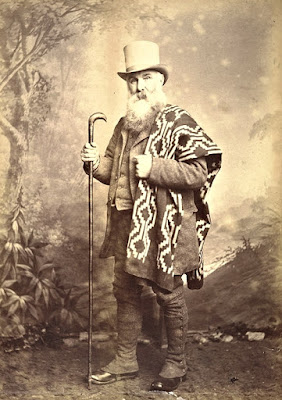Bose becomes the 15th administrator of the FRA and will be the first person of South-Asian descent to serve in the position. He was born in Laheriasarai, Bihar, India, before coming to the United States at age five.
As administrator, Bose will lead FRA’s safety regulatory oversight of more than 800 freight and passenger railroads, national rail policy, planning and environmental activities, as well as the agency’s financial assistance grant programs. Bose will also oversee FRA programs to improve and modernize the nation’s freight and passenger rail network by administering the $66 billion investment in rail projects under the Bipartisan Infrastructure Law. Those funds will be supplemented by an additional $36 billion in annual authorized appropriations over five years to support projects and programs that improve safety, reliability, efficiency, resiliency, equity and sustainability.
https://reason.org/wp-content/uploads/Letter-from-Senators-to-Amit-Bose.pdf
Dear Deputy Administrator Bose:
WASHINGTON, DC 20510
October 29, 2021
A critical step in the utilization of new technologies is the Federal Railroad Administration
(FRA) waivers and testing programs, which provide the freight rail industry the opportunity to
achieve the next level of track, equipment, and employee safety improvements.
An example of the safety benefits of the waivers and testing programs is the automated track
inspection (A TI) test programs/waivers. A TI inspections are conducted using track geometry
technology installed in freight cars or on locomotives that test each foot of track.
These automated systems are changing the nature of track inspection. An automated approach
involves gathering massive amounts of data and analyzing it for patterns and warning signs,
empowering a shift from reactive to preventative track maintenance practices. These automated
test systems improve the nature of railroad track inspections and can increase track safety.
An important component of at least one of the recent A TI pilot testing and waiver approvals
allowed for an increase in the frequency of automated track inspections in place of visual
inspections. This approach proved key to facilitating a better understanding of the optimal
balance between A TI and visual inspections. This tremendous amount of data collected shows
that the data-driven fusion of A TI and visual inspections is producing a superior safety outcome,
with track employees' hours being reallocated to verifying and remedying the greater number of
defects detected by A TI rather than conducting redundant visual inspections.
The results of the ATI programs have overwhelmingly proven the safety benefits of the concept.
In some cases, the A TI tests have resulted in an over 90 percent reduction in unprotected main
track defects per 100 miles tested.
Even with a proven track record of success, FRA has allowed several of these A TI programs to
expire in recent months despite requests to continue and expand them. In one case, FRA declined
to extend one railroad's program because it found that continuing the test would not yield new,
significant data. If this delay is due to FRA's satisfaction with the A TI data collected to date,
please indicate what next steps FRA is considering to further enable use of this safety
technology, such as going through the rulemaking process to update the half-century-old track
inspection regulations. If FRA seeks additional supporting data, please indicate when the Safety
Board will return to its long practice of timely reviewing waiver and test program requests to
allow the nation's rail industry to advance.
Significant safety improvement opportunities are present now, and urge you to embrace these
opportunities to improve safety through the FRA's appropriate and timely handling of waiver
and test program submissions. We look forward to your response and to working with you
further on this and other issues to improve railroad safety.
go to letter at the link to see the senators who sighned to REWduce Railroad Safty. ( BY SUBTERFUGE)
Y Wladfa,
The Rev. Michael D. Jones (1822–98) He proposed setting up a Welsh-speaking colony away from the influence of the English language. He recruited settlers and provided financing; Australia, New Zealand and even Palestine were considered, but Patagonia was chosen for its isolation and the Argentines' offer of 100 square miles (260 km2) of land along the Chubut River in exchange for settling the still-unconquered land of Patagonia for Argentina. Patagonia, including the Chubut Valley was claimed by Buenos Aires but it has little control over the area which was also claimed by Chile.[10]:23–30 Michael D Jones had been corresponding with the Argentinean government about settling an area known as Bahía Blanca where Welsh immigrants could preserve their language and culture. The Argentinean government granted the request as it put them in control of a large tract of land. A Welsh immigration committee met in Liverpool and published a handbook, Llawlyfr y Wladfa, to publicize the sche...


Comments
Post a Comment